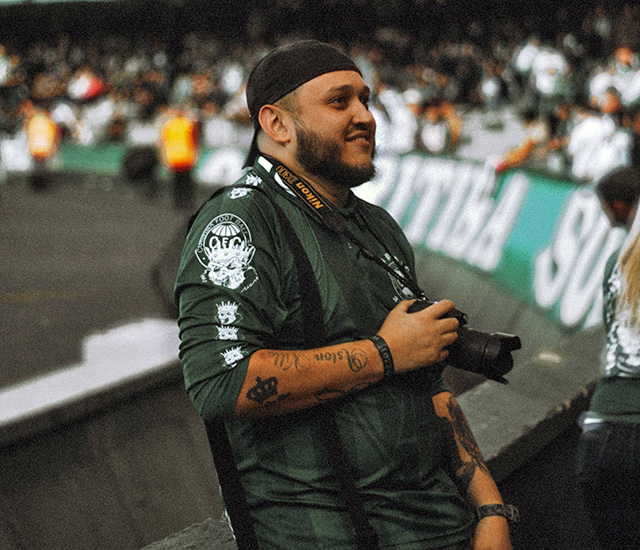Becoming a sports photographer is a dream job, and for good reason. Your professional life can revolve around your personal passions for competitive events and photography, giving you the best of both worlds.
Of course this niche can be a hard nut to crack because of the specific problems it poses to camera-wielding members of the media, so take a look at these three tips and tricks so that your initial experiences as a sports photographer are enjoyable rather than frustrating.
 Do you want to become a Sport Photographer
Do you want to become a Sport Photographer Understanding Sports Events for Better Shots
To capture compelling sports shots, it's crucial to understand the event you're photographing. With a deeper comprehension of the sport's rules and key moments, you'll be better equipped to anticipate action and prepare your shot.
Take soccer, for example. If you notice that a free kick is about to occur near the box during a major tournament, position yourself for a potential scoring moment. For track events like 100-meter sprint races, position yourself at the finish line in advance because there's likely going to be exciting reaction shots when runners cross it.
It also helps if we consider player behavior. Observing warm-ups can provide insight into who might have break-out performances or unique styles worth documenting.
From personal experience as well as opinions from seasoned sports photographers, another valuable tip is getting familiar with players or teams beforehand. This can help predict noteworthy interactions or decisive game-changing instances during play, which make for excellent photo opportunities.
Mastering Shutter Speeds and Aperture Settings
To create stunning sports photos, mastering your camera's shutter speed and aperture settings is a must. These settings control how much light enters the camera and how long it stays there, influencing both brightness and motion blur in your shots.
For instance, fast-moving sports like basketball or soccer often call for higher shutter speeds to freeze action. If you find that your photos are blurry because athletes move too quickly for your current settings, try adjusting the shutter speed to 1/500th of a second or faster.
At this high-speed setting though, less light enters into the lens which might darken images at times, which is where understanding aperture comes in handy too. Essentially larger apertures, represented by a smaller f-number on the scale, allow more light into the lens, thus brightening resulting photographs. So using say an f/2.8 would be generally good whilst trying to freeze action shots within lower-light indoor arena environments.
Exploring other possibilities such as intentionally slow shutter speeds (like 1/50th) can also provide creatively blurred action representations adding 'movement' vibes within frame. Just be sure to balance exposure with correct complimentary adjustments to other settings.
Experimentation coupled with practice will certainly help improve your sporting snaps over time. Also, keeping a log of personal preferences on settings across different sport situations will help you to adapt quickly whenever required, bringing your creativity to life with the best gear handling skills.
Edit Your Photos With the Help of AI
After you've taken your action-packed sports photos, it's time for editing. Editing may seem difficult at first, but with the advent of sophisticated software incorporating the use of artificial intelligence (AI), much has changed in this sphere.
There are lots of benefits to using AI technology for editing, including the fact that automated tools let you get your photos ready for the limelight in much less time than manual techniques. It also manages to preserve the creativity of editing, since you’re still running the show, but can simply make aesthetic choices and let the algorithms do all the heavy lifting.
For example, if clouds spoil a critical shot of an athlete crossing a finish line against what should ideally be a beautiful clear sky backdrop, worry not! The handy automatic background replacement feature can revamp such captured moments quickly and effectively.
The same benefits can apply to all sorts of other sporting situations, whether you need to get rid of a sponsor’s logo that appears in the background on ad hoardings at a game, or there’s a spectator showing a bit too much of themselves to be palatable in mainstream publications.
Concluding Considerations
Sports photography is easy to learn but hard to master, to make the most of these tips, and apply your own experiences to gradually improve and grow as a professional in this sphere, rather than expecting to be an expert overnight.
Related Pages
- Essential Equipment for Sports Photographers
- Sports photography courses
- Sports Photography: art plus more
- Sport Photography Techniques
- Our collection of sports photos
- Media at the Olympic Games
- Sports Photos


 Current Events
Current Events